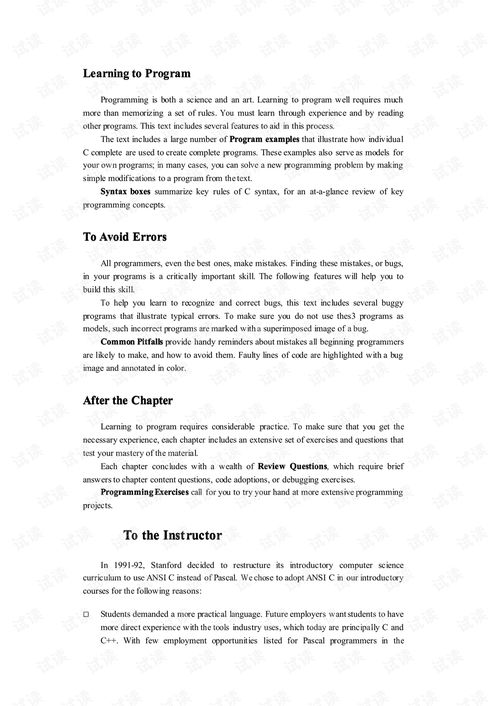The Art and Science of Fishing: Unveiling the Numerous Techniques Behind the Sport
Fishing, an age-old pastime that has been cherished by millions around the world, is much more than just casting a line into the water and waiting for a bite. It is an intricate blend of art and science, requiring a deep understanding of various techniques to ensure success. From the selection of the right equipment to mastering the subtle art of lure presentation, the world of fishing is brimming with techniques that can make the difference between a fruitful day on the water and a frustrating one. In this article, we will delve into some of the most crucial techniques that anglers employ to increase their chances of hooking a fish.
Choosing the Right Equipment
The foundation of successful fishing lies in the equipment you choose. The right rod, reel, line, hooks, and lures can significantly impact your success. Here are some key considerations:
Rod and Reel: The rod should be chosen based on the type of fishing you plan to do. For instance, a spinning rod is ideal for light tackle fishing, while a baitcasting rod is better suited for heavier lures. The reel should match the rod and line strength to ensure smooth operation and prevent line breakage.
Line: The type of line you use depends on the fishing environment and the species you are targeting. Monofilament is versatile and durable, while fluorocarbon is nearly invisible underwater and has less stretch. Braided line is strong and offers high sensitivity but can be more visible to fish.
Hooks: The size and shape of the hook should match the bait and the species you are targeting. For example, a smaller hook is preferable for finesse techniques like fly fishing, while a larger hook is better for bottom-baiting.
Lures: Lures come in various shapes, sizes, and colors, designed to mimic the movements and appearance of real prey. Selecting the right lure can make all the difference in attracting fish.
Mastering the Art of Casting
Casting is the act of throwing your lure into the water, and it requires practice to perfect. Here are some tips to improve your casting technique:

Preparation: Before casting, ensure your line is free of twists and tangles. Adjust the drag on your reel to prevent line from spooling off too quickly or too slowly.
Back-Cast: Start by bringing the rod back over your head, keeping the line tight and the tip of the rod low. This helps to load the rod with energy.
Forward-Cast: With the rod loaded, bring it forward in a smooth, controlled motion, releasing the line at the end of the cast. The angle of the rod tip and the wrist action are crucial in achieving a long, accurate cast.
Accuracy: Practice casting to specific targets to improve your accuracy. This will help you present your lure in the right spot to attract fish.
Lure Presentation Techniques
Once you have cast your lure, the way you present it to the fish can make or break your chances. Here are some effective techniques:
Natural Presentation: Let your lure drift naturally in the water, mimicking the movement of real prey. This can be particularly effective in still waters or during overcast conditions.
Jigging: Jigging involves quickly lifting and dropping your lure, creating a tantalizing motion that can trigger strikes from bottom-feeding fish.
Trolling: Trolling involves moving your boat at a steady pace while dragging your lure behind you. This technique is effective for covering large areas and can attract fish from a distance.
Steady Retrieve: A slow, steady retrieve can be effective for fish that are actively feeding or curious about the lure.
Understanding Fish Behavior
A successful angler not only knows how to use the right techniques but also understands the behavior of the fish they are targeting. This includes:
Seasonal Patterns: Fish often move to different areas depending on the season. Understanding these patterns can help you choose the right spots to fish.
Water Temperature: Water temperature can significantly impact fish behavior. Cold water can make fish more lethargic, while warm water can trigger increased activity.
Food Sources: Knowing what the fish are eating can help you choose the right bait or lure.
Cover: Fish often seek cover to hide from predators or to ambush prey. Identifying and targeting these areas can increase your chances of success.
Conclusion
Fishing is a sport that requires patience, skill, and a deep appreciation for nature. The numerous techniques available to anglers are a testament to the complexity and diversity of the sport. By mastering these techniques and understanding the behavior of the fish you are targeting, you can enhance your chances of success and enjoy a more rewarding fishing experience. Whether you are a beginner or an experienced angler, there is always something new to learn and improve upon in the world of fishing.












